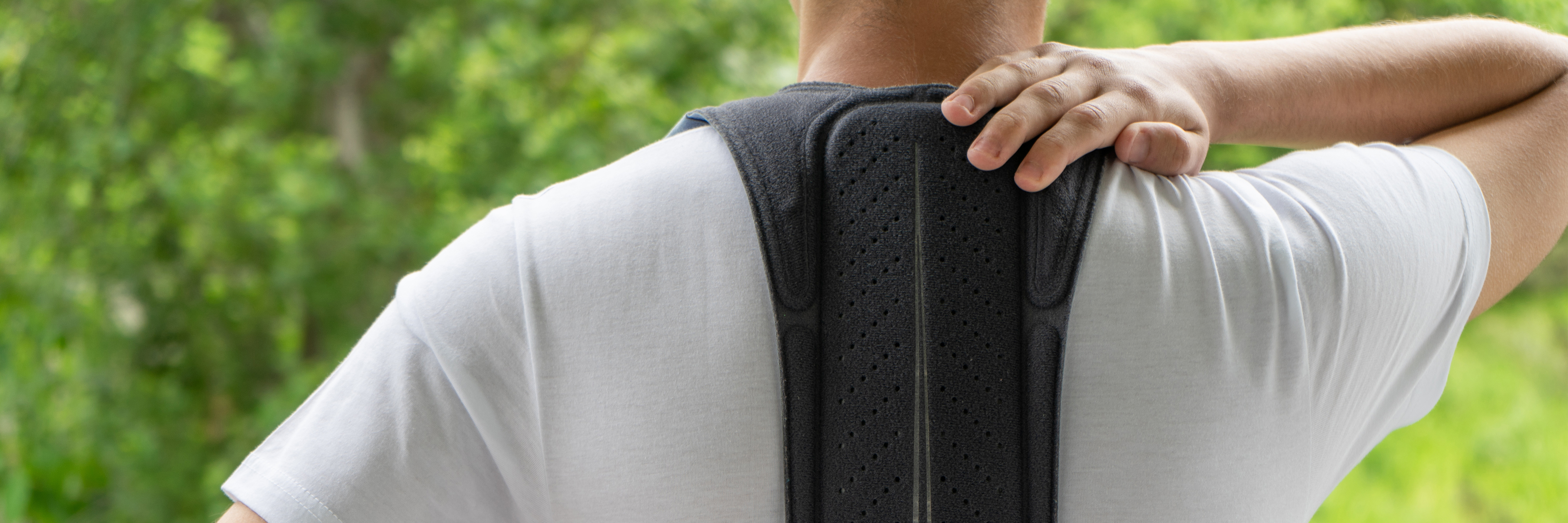
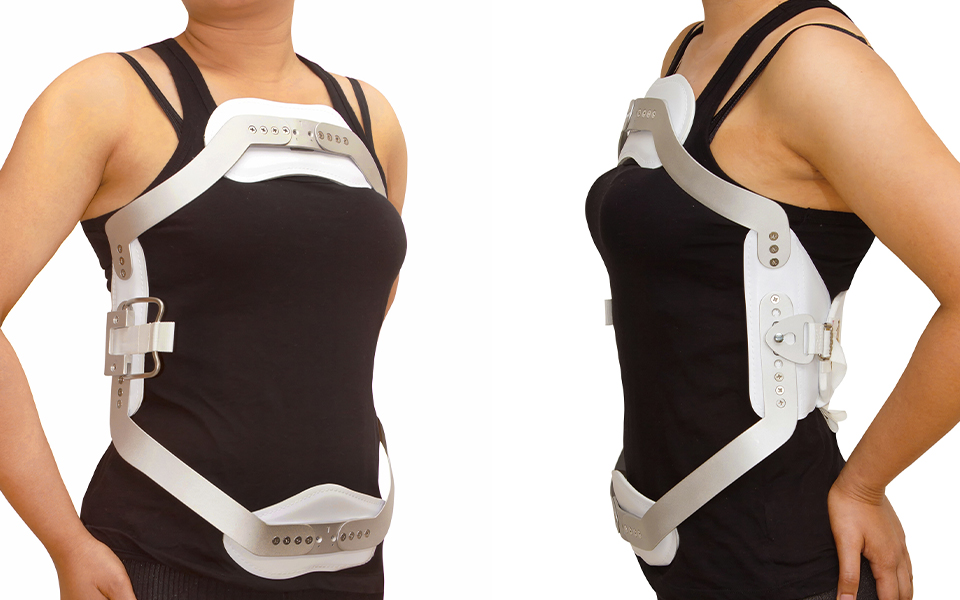
Rigid braces consist of a sturdy layer of material (typically cotton or canvas) that wraps around the torso, and includes rigid panels that cover the front, back, and sometimes sides of the brace. Some models include hard plastic or metal bars that cover the outside of the brace.
A back brace that combines elements of both flexible and rigid orthoses may be referred to as a semi-rigid brace. For instance, a flexible lumbar belt may include additional padding or molded plastic inserts for some additional support and stability.
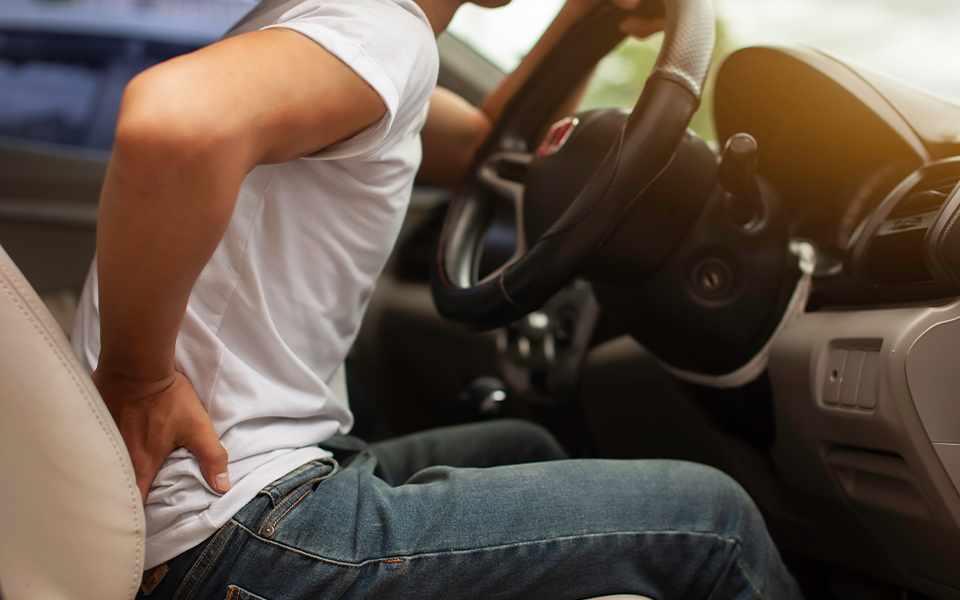
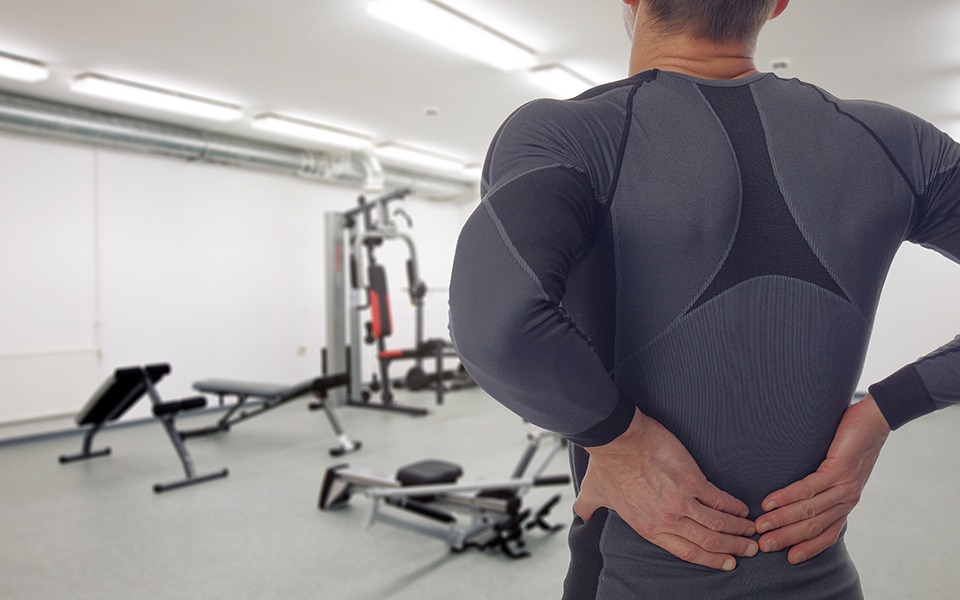
In one study, disability index and pain scores improved more when participants used a rigid back brace compared with a flexible brace.
A rigid back brace may be custom-made or assembled from a selection of pre-made parts. In either case, a doctor, orthotist who specializes in designing and fitting braces, or other qualified health professional will measure and fit the brace to ensure it is safe, comfortable, and effective.
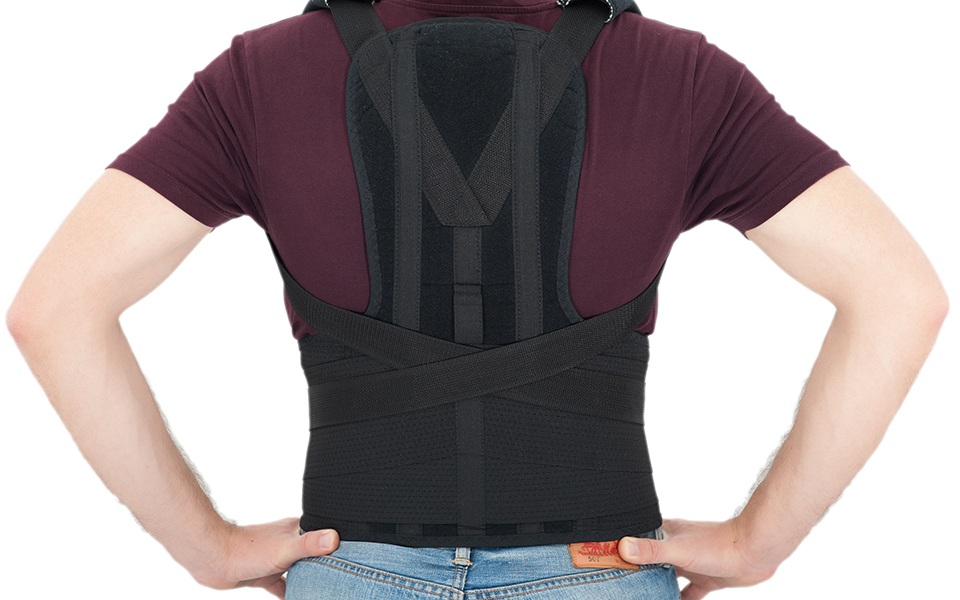
Flexible orthoses are made of a soft material, such as cotton/elastic blends, canvas, and/or neoprene (a type of synthetic, flexible rubber). These braces include corsets, lumbar belts, and sacroiliac belts.
Flexible lumbar belts or corsets typically come in a variety of sizes and designs. A corset brace looks similar to a woman's corset and allows for some limited bending. Corsets typically include vertical metal or plastic stays at the front, back, and/or sides of the brace that provide stability and some motion restriction.
Lumbar belts and sacroiliac belts provide somewhat more restriction in movement and are typically made of a sturdier fabric without stays.
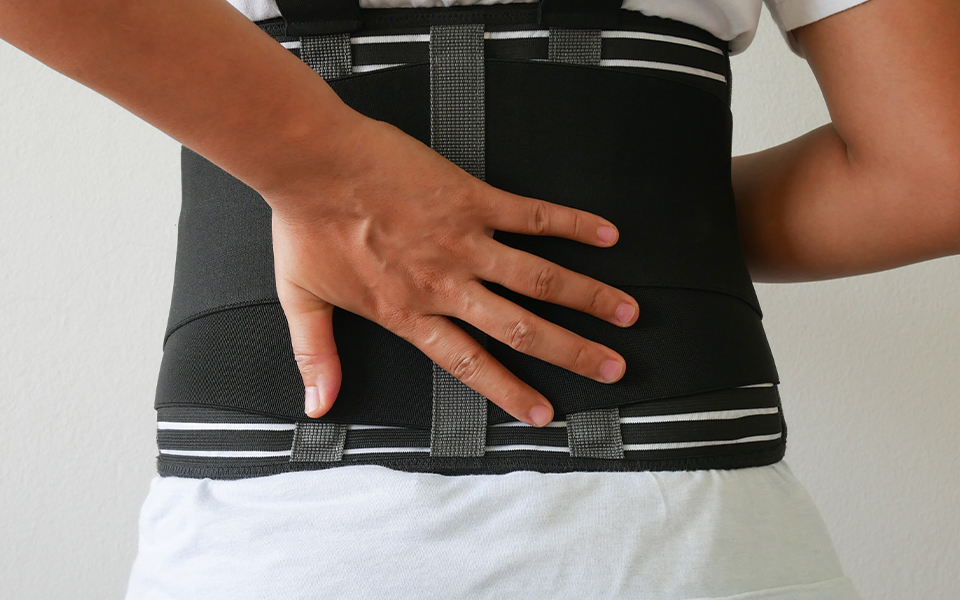
It is recommended to consult with a doctor on the appropriate size and fit of a flexible brace to ensure the brace is safe to use and likely to provide effective pain relief.
Call us at 1-850-531-0111 for Tallahassee and 1-850-896-2713 for Panama City Beach or you can fill out the appointment request form!